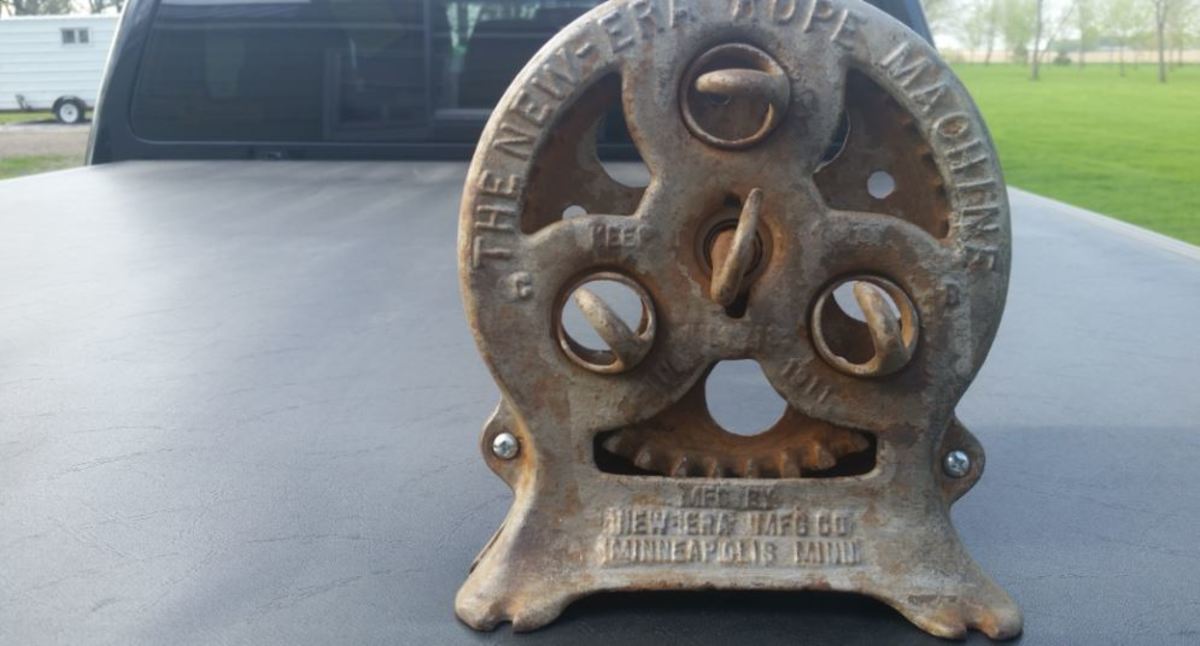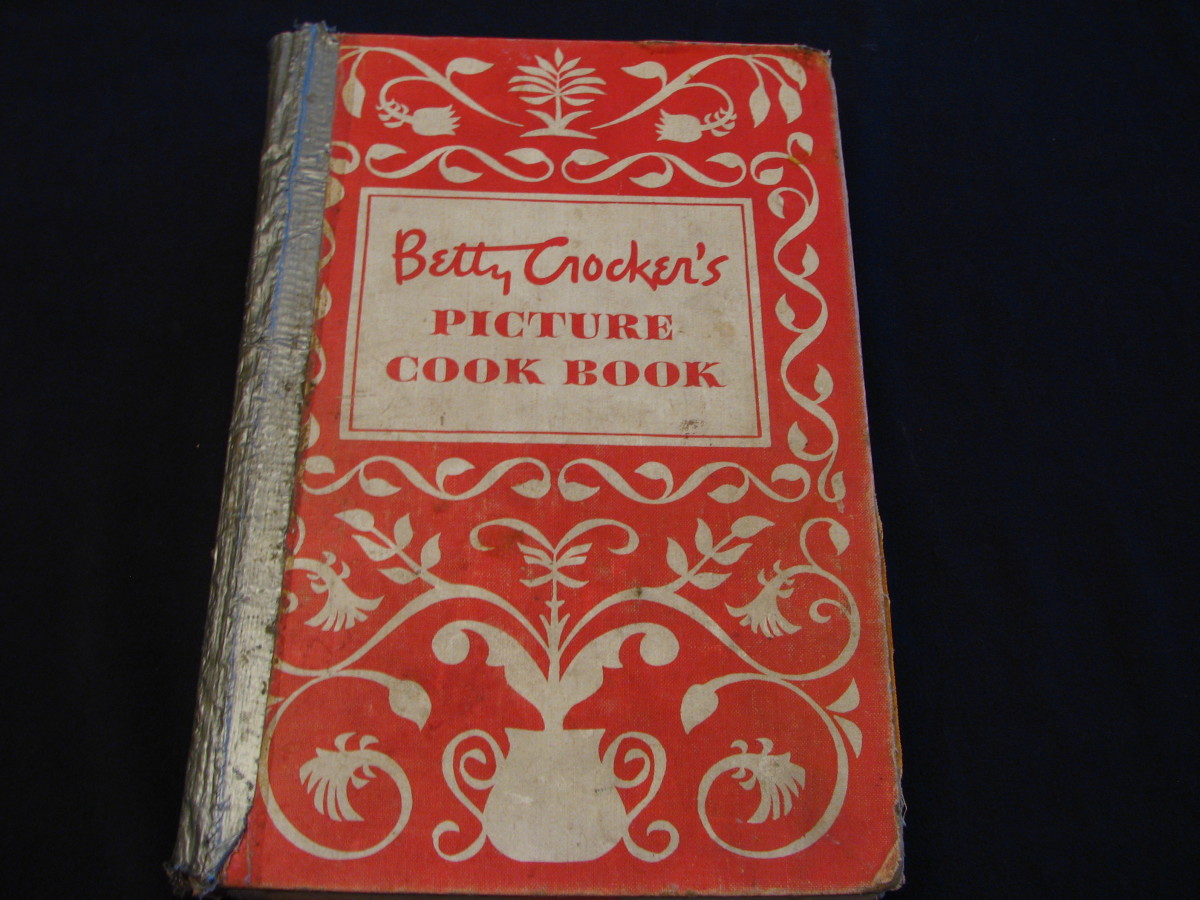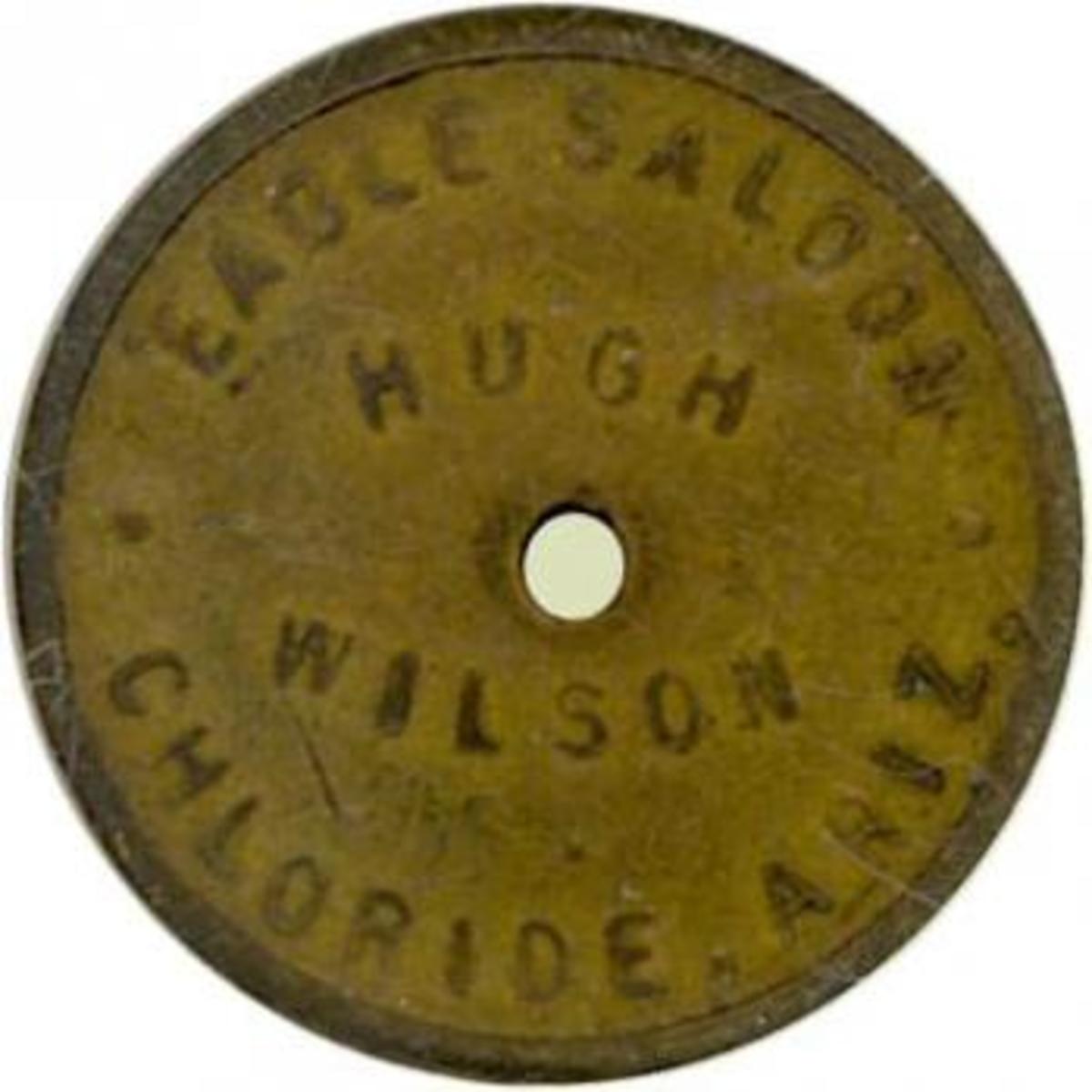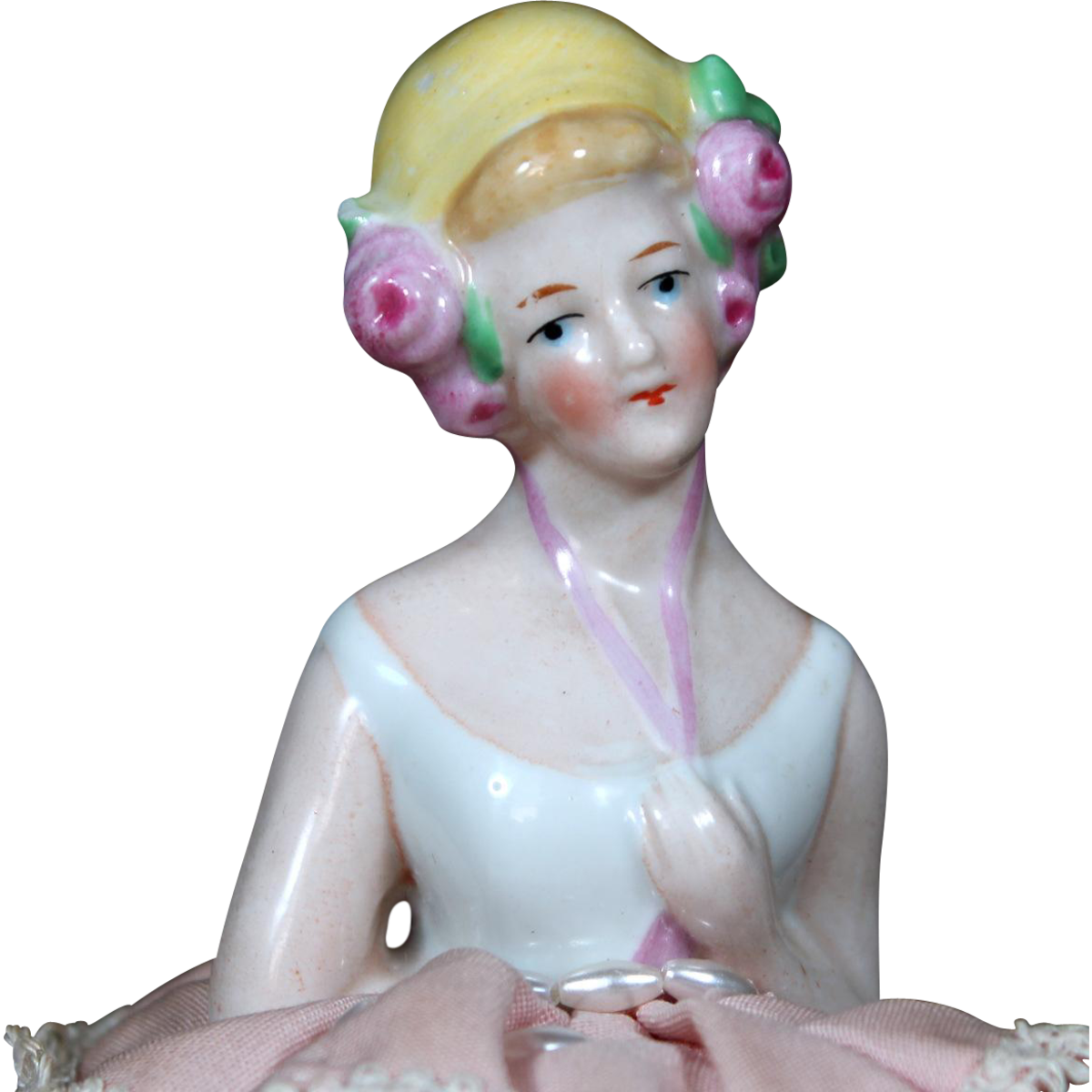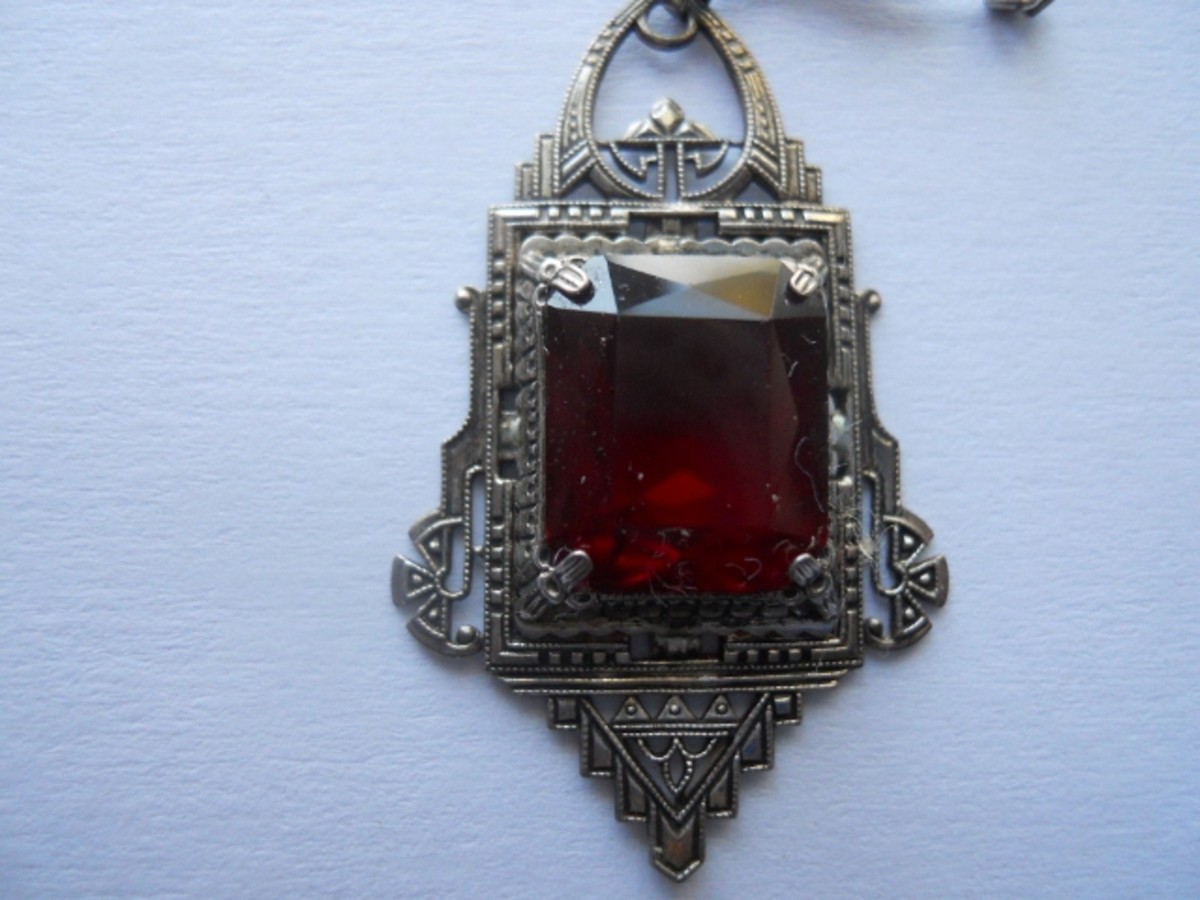Collecting Antique Bottles as a Hobby
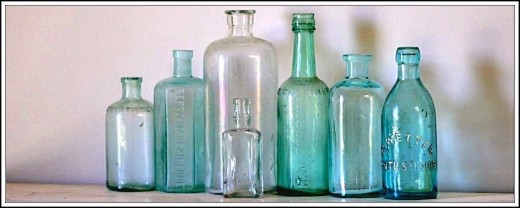

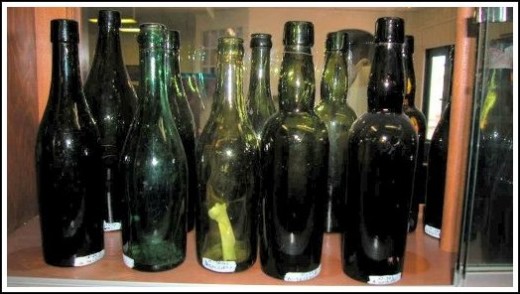
It can be said antique bottles are a part of true Americana and collecting them can be profitable as well as fun. But to be a serious antique bottle collector takes a working, historical knowledge of bottle and glass production. Fortunately, there are many guides and manuals on the subject. A piece must be thoroughly examined for signs of how it was produced and markings indicating its age and where it was made. Authentic vintage bottles will have several telltale indicators.
Antique bottles can be found in ghost towns, old dumps, old houses, old homesteads and campsites along early pioneer trails. Or you can just visit an antique store. For the beginner, it should be noted there are many classifications of bottle collecting to choose from. Medicinal, milk, soft drink, bitter, vinegar, whiskey, cosmetic and beer bottles to name a few. And although hunting for them can be an enjoyable experience, there are also dangers which can be encountered. Treasure seekers should be on their guard for possible cave-ins, bees, wasps, poison spiders, snakes and mosquitoes. Of course, there are many other hazards one could name, so be careful.
However, just because a bottle is old doesn't mean it's a collectible, and identifying its age isn’t always easy. Bluish or dark-tinted glass could mean it’s older than a clear glass bottle, but with so many excellent reproductions on the market today, trying to identify a bottle merely by its color is not a reliable method and a novice collector can easily be taken in.

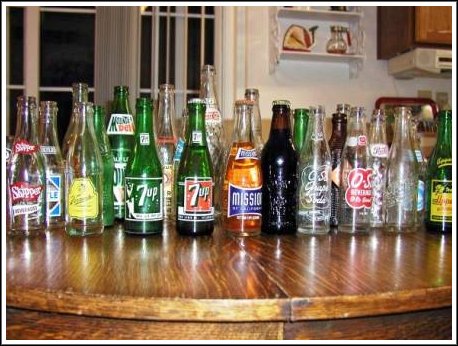
So, how are authentic antique bottles identified? There are a few basic things to look for:
· Check for a mold seam. If the seam runs to the top of the lip, it’s a machine-made bottle produced between 1910 to the present.
· Bottles with screw tops were not made prior to 1910. The Owens bottle ring, an embossed circle with date and mold numbers, signifies an automated molding process used between 1910 and 1960. Also, "W.T. Co." represents Whitall Tatum, a maker of glass from around the turn of the 20th century. A good resource for identifying marks and numbers is "Bottle Makers and Their Marks" by Toulouse.
· Reproductions are skilled remakes designed to appear to be older bottles. "Wheaton" stamped on the base represents Wheaton Glassworks, which produced many throughout the 20th century. "CB" stands for Clevenger Brothers, another reproduction glassware maker. A stamp reading "Federal Law Prohibits Sale or Reuse of this Bottle" indicates a post-Prohibition bottle from 1930 or later.
· Cork sealed bottles were mostly suspended at the beginning of the 20th century.
· A seam running to the top of the neck, but stops short of the lip means it was made between 1880 and 1910.
· If the seam extends only partially up the neck, it was probably formed between the late 1700s and the early 1800s.
· No seam indicates a hand blown glass bottle made before the use of molds. Check the bottom for what is known as a pontil mark. A pontil mark is a ring or area of rough glass which shows a supporting rod was used to hold the bottle during glass blowing and is a definite sign the glass is vintage. Bottles made before 1855 should have this rough, round circle on the bottom. Around 1855, the snap tool was invented, which allowed glass blowers to blow glass without using rods. This eliminated the rough circle, but left a different mark like a half circle with seam lines extending from it.
Actually a metal detector can be a valuable tool to the bottle hunter. No, they don’t register the presence of glass. But, our forefathers threw away other things besides glass artifacts in their dump locations. Many of these dumps were located at the banks of rivers, near swamps, ditches, ravines and even old privy sites. Besides containing antique bottles, there is metallic items, such as tin cans, barrel hoops, zinc jar lids, etc.
Antique glass bottles fall into different categories. Some are flasks, ink wells, soda bottles, mineral water or even medicinal containers. Recognizing the various categories and ability to spot reproductions will make the hobby easier and more enjoyable.
Flasks are one of the most valued of antique glass bottles. Their unique colors and rarity make them much sought after. Some are worth many thousands of dollars.
Another favorite are bitters bottles,which are usually amber in color and rectangular shaped. Bitters are a bittersweet type of spirit made from different herbs, roots and plants used to add flavor to cocktails and cooking. These are common, but those with unique shapes or color can be worth hundreds of dollars.
Druggist bottles are another category which is commonplace. But those made in cobalt glass can be worth upwards of $50 per bottle. Most had stoppers or corks. Those without their accompanying cork have less value. Syrup bottles, used by druggists for making sodas and manufactured in the late 1800s, are very rare and those in good condition can fetch hundreds of dollars. Likewise, bottles still containing the original substance and original paper labels are generally more valuable.
Many factors come into play in determining the worth of a bottle. Age, rarity, condition, color and design are some considerations. And circumstances change. Some bottles, not worth much only a decade ago, are now worth hundreds. Milk bottles are a good example. They have become much more valuable simply because of public interest in that era.
Besides the other places listed to find antique bottles, add the Flea Market. Some dealers don't realize what they have and it can be bought for a song. There’s one thing to keep in mind if you're a collector. Glass breaks easily so keep your treasures protected, like in a display case. Not only will it keep them from getting broken but also keep dirt off any paper labels. Dirty labels devalue the item. Also, keep it out of direct sunlight as these labels can fade.

